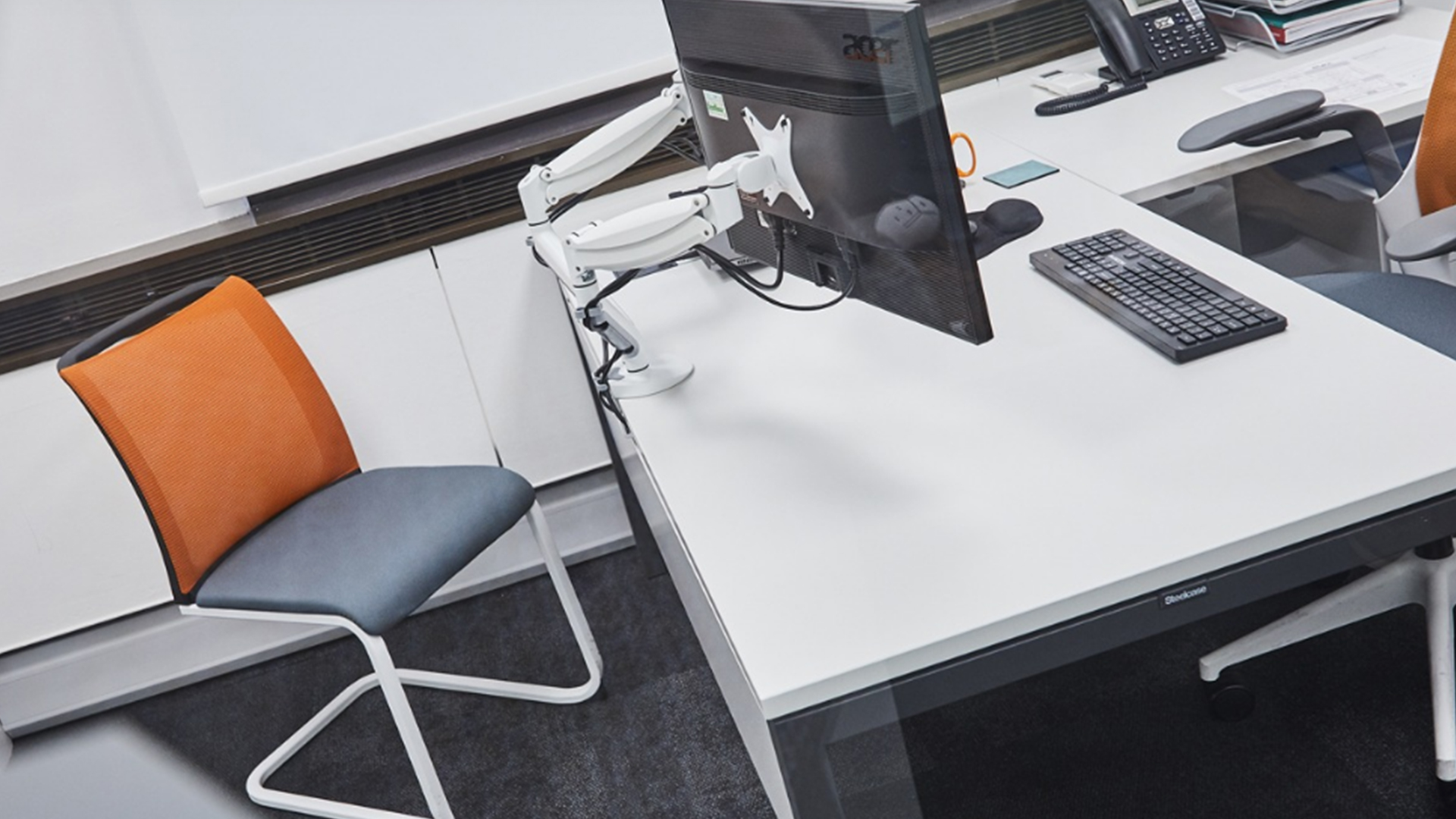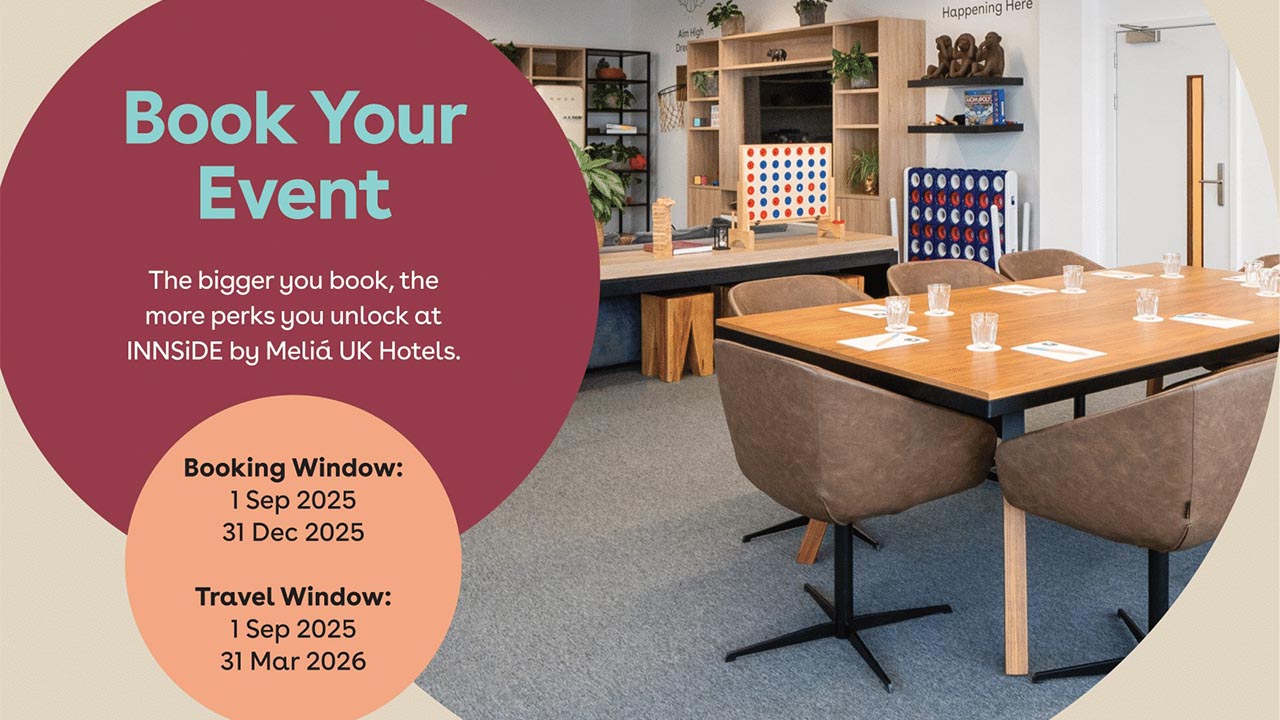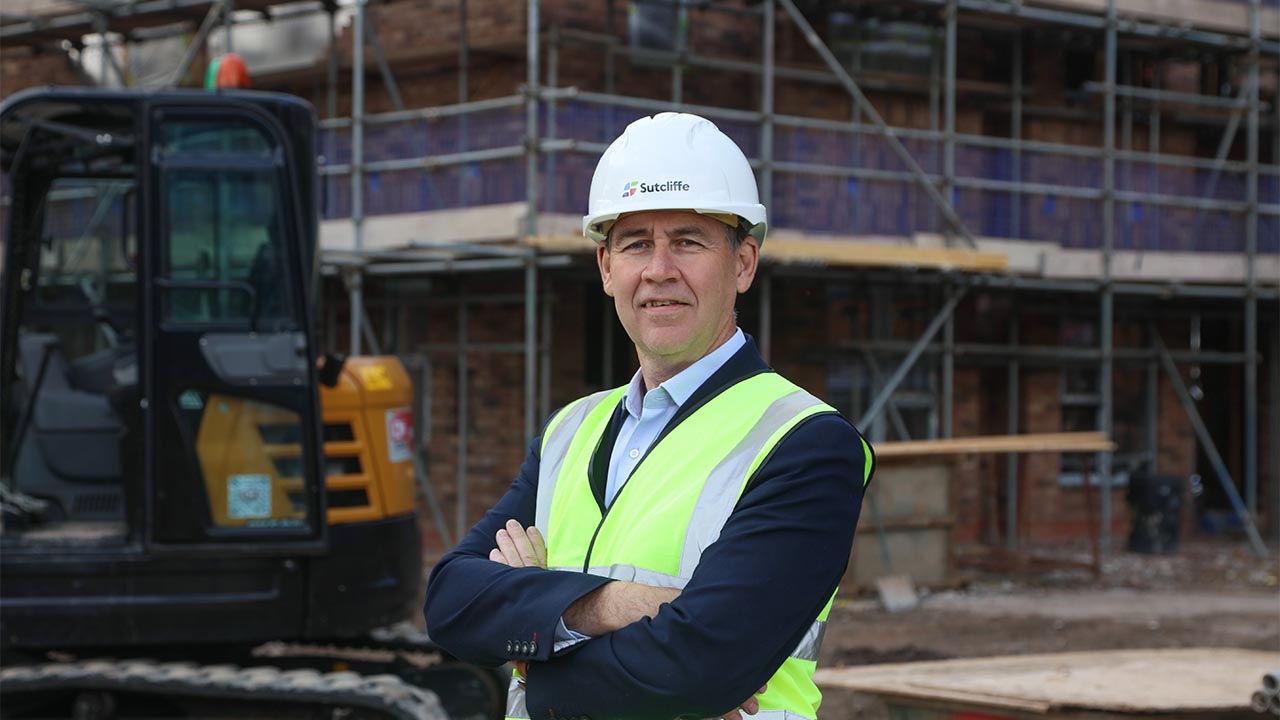In this blog, Rob has penned some thoughts on ‘sneeze screens’, explaining how there are other important factors to consider when slowly introducing people back into office environments.
There’s been lots of talk about protective screens over the last few weeks, and even more so as lockdown restrictions are slowly being lifted. What do you think? Will you be using sneeze screens? We’d be interested to know your thoughts!
IF I WRAP MY WORKSTATIONS IN ACRYLIC SCREENS, CAN I GET EVERYONE BACK TO WORK?
Firstly, businesses will not see their employees return instantly at 100% occupancy – the issue of long-term school closure means that many parents simply won’t be able to come in whether they want to or not. Public transport limitations will severely hamper the daily commute for many people.
Secondly, social distancing means that access into and traffic throughout the office will be severely restricted and so this is the key factor, therefore, that will limit total numbers able to practically use the space. The issue of cross-infection during an emergency evacuation also needs to be considered.
Thirdly, the sensible thing is to reduce density by sitting at every other workstation side by side and opposite – which suggests a typical 25% – 50% occupancy rate. This requires very little material change and expense – pretty important right now! You might want to consider the environmental impact of eventually disposing of all that plastic at the same time.
Fourthly, the sheer additional surface area which now needs to be sanitised will render cleaning regimes impractical and uneconomical – that’s if it is done thoroughly and frequently enough.
Fifthly, employees are human beings and they will not want to feel like battery farmed chickens. This sort of environment will both increase and perpetuate the damage being done to the mental health of a workforce forced to endure institutionalised conditions.
Lastly, it is important to remember that “This too will pass”. The whole issue of social distancing is but one aspect of the present hygiene regime. Eventually, this will have to be relaxed as sanitisation becomes the principal practical means of restoring a semblance of normality.
Of course, even after the current health crisis is resolved we will want to maintain higher hygiene standards to prevent against future situations.
We might not have all the science about coronavirus right now, but we do have tried and tested health and safety methodologies that enable us to manage the risk in practical and effective ways.
Our advice is adapt first, then consider physical change and whilst you do, think about evolving your workspace into somewhere fit for “free-range” human beings.
Do you still need all those screens?
WANT MORE ADVICE ON RETURNING TO WORK?
Download our back to work guide for more expert advice on how to prepare for the return to the office, including how to adapt your space in the short term, and longer-term changes that all workplaces will need to consider.









